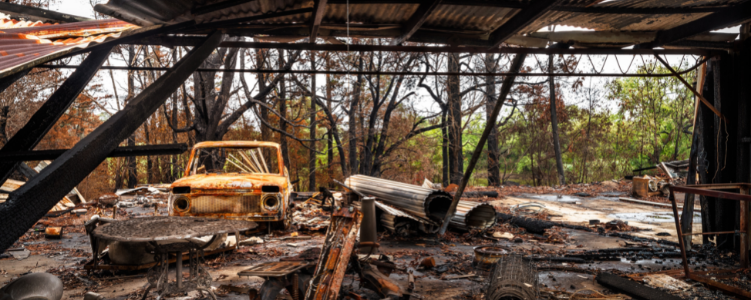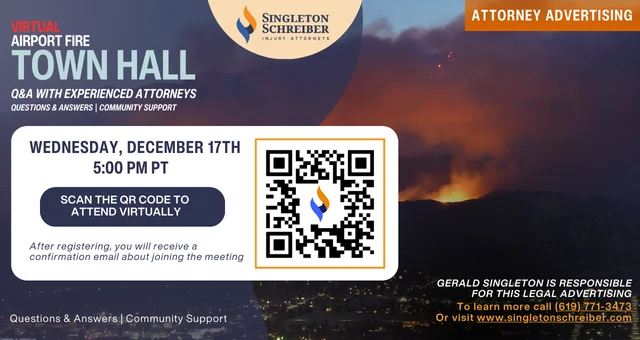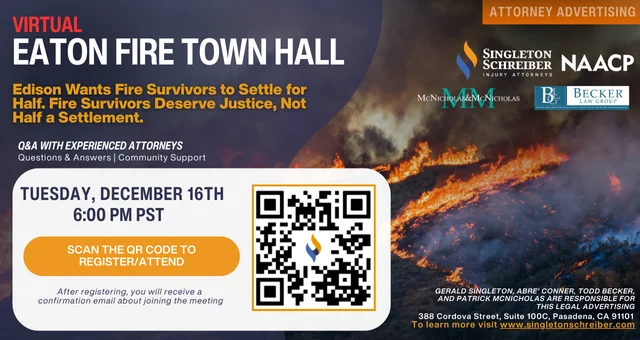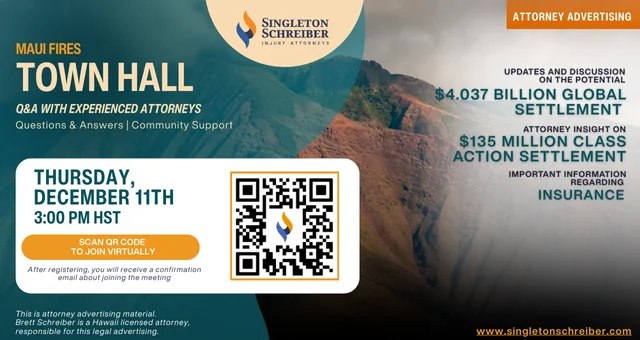California Fires
Oregon Fires
Fire Litigation
Leaders
Justice For Everyone
California Fire Debris Removal Program
If you’re facing a lengthy cleanup after property damage from the Dixie Fire, the Zogg Fire, or any other California wildfires, the state offers a fire debris removal program to remove household hazardous waste and other fire-related debris, as well as damaged and dying “hazard trees.”
The two-phase California Consolidated Debris Removal Program is implemented under the leadership of the California Governor’s Office of Emergency Services (CalOES) and local governments.

What are the two phases of the California Fire Debris Removal Program?
Phase I of the California fire debris removal program consists of state and federal agencies — including organized teams of experts from the California Department of Toxic Substances Control (DTSC) and US Environmental Protection Agency (EPA) — inspecting your property and removing any household hazardous waste that poses a threat to the health of humans, animals, and the environment.
Phase II of the program involves Cal OES, CAlRecycle, and FEMA coordinating a State Incident Management Team to implement safe fire-related debris removal on your property.
You can elect to participate in the program by signing a Right-of-Entry Form. Learn more about California wildfire debris cleanup and recovery.
Importance of Household Hazardous Waste Removal
Removing household hazardous waste and disaster debris caused by wildfires is essential to helping communities affected by the Dixie Fire and other California wildfires recover and rebuild. It also reduces threats to public health and safety and protects the environment.
Debris from the Dixie Fire and other disasters includes ash, metal, concrete, building materials, contaminated soil, and other hazardous materials.
View more California wildfire recovery resources to learn more about what you should do before you return home after a fire.
Property Damage from the Dixie Fire
On September 15, 2021, Singleton Schreiber announced two Dixie Fire lawsuits against PG&E. Request a free claim evaluation today to find out more.
If your property was destroyed in the Dixie Fire or another wildfire, contact a property loss attorney from Singleton Schreiber. We will fight for you to get everything you deserve so you can move on with your life.
Contact an experienced California wildfire attorney or property damage lawyer today to find out about how you can get compensation.
Property Damage from the Zogg Fire
On September 24, 2021, PG&E was been charged with 11 felonies — including four counts of manslaughter — and 20 misdemeanors by the Shasta County district attorney’s office over its role in the “reckless ignition” of the 2020 Zogg Fire, which killed four people and destroyed at least 200 buildings.
The Zogg Fire and Dixie Fire are among several recent wildfires started by utility companies in California. Get more information about the Singleton Schreiber Zogg Fire litigation and the recent charges.
Frequently Asked Questions
What is the California Consolidated Debris Removal Program?
The Consolidated Debris Removal Program is a California state program with two phases: removal of household hazardous waste and removal of other fire-related debris and “hazard trees” that a certified arborist determines are dead or likely to die within five years as a result of the fire and that present a threat to public roads or other public infrastructure.
In Phase I, local government, state, and federal agencies have organized teams of experts and contractors from the California Department of Toxic Substances Control (DTSC) and/or U.S. Environmental Protection Agency (US EPA) to inspect your property and assess, make safe, and remove any household hazardous waste (HHW) that may pose a threat to human health, animals, and the environment such as batteries, herbicides, pesticides, propane tanks, asbestos siding, and paints. Phase I is automatic and includes all residential properties that have been destroyed by the fires.
In Phase II, Cal OES, CalRecycle, FEMA, and local officials will coordinate through a State Incident Management Team to conduct fire-related debris removal from your property if you have elected to participate in the State Program by signing a Right-of-Entry Form.
Is the CA debris removal program only for houses that are completely destroyed?
This debris removal program is for fire-damaged or destroyed houses. Homes that have mostly burned, but may have walls still standing, may be eligible for the state’s debris removal program on a case by case basis. When you submit your Right-of-Entry permit, notify the representative that your structure is not completely destroyed, so your property may be reviewed as quickly as possible. You should also include a “total loss” letter from your insurance company with your Right-of-Entry permit — if insured.



